Oceans: characteristics and properties
Our Earth looks like a blue planet from space. This is because ¾ of the surface of the globe is occupied by the World Ocean. It is one, though very divided.
The surface area of the entire World Ocean is 361 million square meters. km.
Oceans of our planet
The ocean is the water shell of the earth, the most important component of the hydrosphere. Continents divide the oceans into parts.
Currently, it is customary to distinguish five oceans:

. - the largest and oldest on our planet. Its surface area is 178.6 million square meters. km. It occupies 1/3 of the Earth and makes up almost half of the oceans. To imagine this value, it is enough to say that all the continents and islands together can easily be placed in the Pacific Ocean. This is probably why it is often called the Great Ocean.
The Pacific Ocean owes its name to F. Magellan, who, during his round-the-world trip, crossed the ocean under favorable conditions.
The ocean has an oval shape, its widest part is located near the equator.
The southern part of the ocean is an area of calm, light winds and a stable atmosphere. To the west of the Tuamotu Islands, the picture changes dramatically - here is an area of storms and heavy winds, turning into ferocious hurricanes.
In the tropics, the waters of the Pacific Ocean are clear, transparent and have a deep blue color. A favorable climate formed near the equator. The air temperature here is +25ºC and practically does not change throughout the year. Winds of moderate strength, often calm.
The northern part of the ocean is similar to the southern, as if in a mirror image: in the west, unstable weather with frequent storms and typhoons, in the east - peace and quiet.
The Pacific Ocean is the richest in terms of the number of animal and plant species. Over 100 thousand species of animals live in its waters. Almost half of the world's fish catch is caught here. The most important sea routes are laid across this ocean, connecting 4 continents at once.
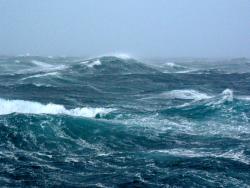
. covers an area of 92 million square meters. km. This ocean, like a huge strait, connects the two poles of our planet. The Mid-Atlantic Ridge runs through the center of the ocean, famous for the instability of the earth's crust. Separate peaks of this ridge rise above the water and form islands, the largest of which is Iceland.
The southern part of the ocean is under the influence of the trade winds. There are no cyclones here, so the water here is calm, clean and transparent. Closer to the equator, the Atlantic changes completely. The waters here are muddy, especially along the coast. This is due to the fact that large rivers flow into the ocean in this part.
The northern tropical zone of the Atlantic is famous for its hurricanes. Two major currents meet here - the warm Gulf Stream and the cold Labrador.
The northern latitudes of the Atlantic are the most picturesque area with huge icebergs and powerful ice tongues protruding from the waters. This area of the ocean is dangerous for navigation.
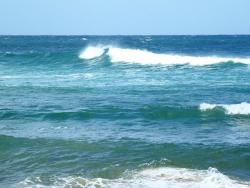
. (76 million sq. km) - the area of the most ancient civilizations. Navigation here began to develop much earlier than in other oceans. The average depth of the ocean is 3700 meters. The coastline is slightly indented, with the exception of the northern part, where most of the seas and bays are located.
The waters of the Indian Ocean are more salty than in others, as far fewer rivers flow into it. But, thanks to this, they are famous for their amazing transparency and rich azure and blue color.
The northern part of the ocean is a monsoon region, and typhoons often form in autumn and spring. Further south, the water temperature is lower due to the influence of Antarctica.
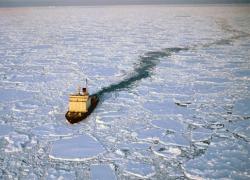
. (15 million sq. km) is located in the Arctic and occupies vast areas around the north pole. The maximum depth is 5527m.
The central part of the bottom is a continuous intersection of mountain ranges, between which there is a huge basin. The coastline is heavily indented by seas and bays, and in terms of the number of islands and archipelagos, the Arctic takes second place after such a giant as the Pacific Ocean.
The most characteristic part of this ocean is the presence of ice. The Arctic Ocean remains by far the least explored, as research is hampered by the fact that most of the ocean is hidden under the ice cover.

. . The waters surrounding Antarctica combine signs. Allowing them to be separated into a separate ocean. But there are still disputes about what to consider borders. If from the south the borders are marked by the mainland, then the northern borders are most often drawn along 40-50º south latitude. Within such limits, the ocean area is 86 million square meters. km.
The bottom relief is cut by underwater canyons, ridges and basins. The fauna of the Southern Ocean is rich, there is the largest number of endemic animals and plants.
Characteristics of the oceans
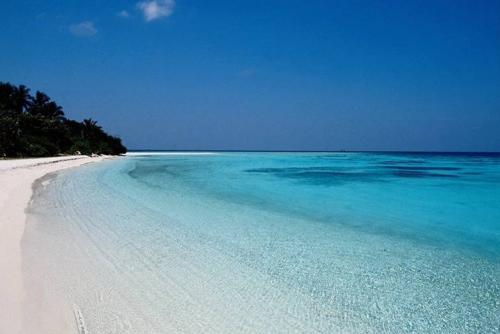
The oceans are several billion years old. Its prototype is the ancient Panthalassa ocean, which existed when all the continents were still a single whole. Until recently, the bottom of the oceans was assumed to be flat. But it turned out that the bottom, like the land, has a complex relief, with its mountains and plains.
Properties of the waters of the oceans

The Russian scientist A. Voyekov called the World Ocean "a huge heating battery" of our planet. The fact is that the average water temperature in the oceans is +17ºC, and the average air temperature is +14ºC. Water heats up much longer, but it also consumes heat more slowly than air, while having high heat capacity.
But not all the water column in the oceans has the same temperature. Under the sun, only surface waters heat up, and with depth, the temperature drops. It is known that at the bottom of the oceans the average temperature is only +3ºC. And it remains so because of the high density of water.
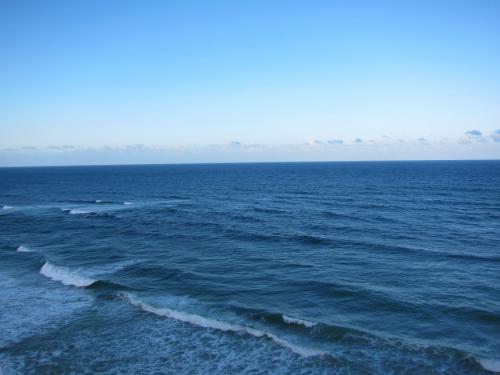
It should be remembered that the water in the oceans is salty, and therefore it freezes not at 0ºC, but at -2ºC.
The degree of salinity of the waters varies depending on the geographic latitude: in temperate latitudes, the waters are less saline than, for example, in the tropics. In the north, the waters are also less saline due to the melting of glaciers, which greatly desalinate the water.
The waters of the ocean are also different in terms of transparency. At the equator, the water is clearer. As the distance from the equator increases, the water becomes saturated with oxygen faster, which means that more microorganisms appear. But near the poles, due to low temperatures, the waters become more transparent again. So, the waters of the Weddell Sea near Antarctica are considered the most transparent. The second place belongs to the waters of the Sargasso Sea.
The difference between the ocean and the sea
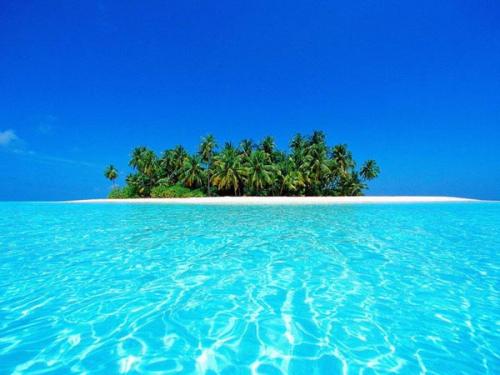
The main difference between the sea and the ocean is in size. The oceans are much larger, and the seas are often only part of the oceans. The seas also differ from the ocean, to which they belong, by their unique hydrological regime (water temperature, salinity, transparency, distinctive composition of flora and fauna).
The climate of the oceans
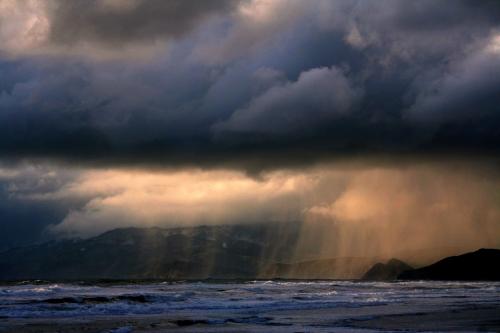
Climate of the Pacific infinitely diverse, as the ocean is located in almost all climatic zones: from equatorial to subarctic in the north and Antarctic in the south. There are 5 warm currents and 4 cold currents in the Pacific Ocean.
The greatest amount of precipitation falls in the equatorial zone. The amount of precipitation exceeds the proportion of water evaporation, so the water in the Pacific Ocean is less salty than in others.
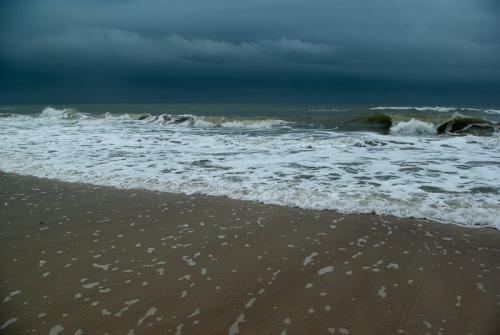
climate of the atlantic ocean determined by its large extent from north to south. The equator zone is the narrowest part of the ocean, so the water temperature here is lower than in the Pacific or Indian.
The Atlantic is conditionally divided into northern and southern, drawing the border along the equator, and the southern part is much colder due to its proximity to Antarctica. Many areas of this ocean are characterized by thick fogs and powerful cyclones. They are strongest near the southern tip of North America and in the Caribbean.
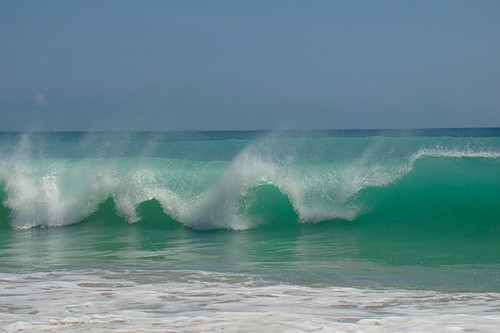
On formation Indian Ocean climate the proximity of two continents - Eurasia and Antarctica - has a huge impact. Eurasia actively participates in the annual change of seasons, bringing dry air in winter and filling the atmosphere with excess moisture in summer.
The proximity of Antarctica causes a decrease in water temperature in the southern part of the ocean. Hurricanes and storms are frequent north and south of the equator.
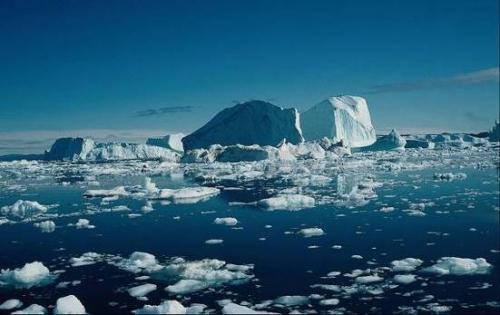
Formation climate of the Arctic Ocean determined by its geographic location. Arctic air masses dominate here. Average air temperature: from -20 ºC to -40 ºC, even in summer the temperature rarely rises above 0ºC. But the waters of the ocean are warmer due to constant contact with the Pacific and Atlantic oceans. Therefore, the Arctic Ocean warms a significant part of the land.
Strong winds are rare, but fogs are frequent in summer. Precipitation falls mainly in the form of snow.

It is influenced by the proximity of Antarctica, the presence of ice and the absence of warm currents. The Antarctic climate dominates here with low temperatures, cloudy weather and mild winds. Snow falls throughout the year. A distinctive feature of the climate of the Southern Ocean is the high activity of cyclones.
The influence of the ocean on the Earth's climate
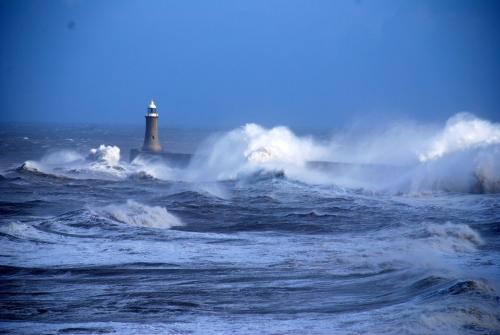
The ocean has a tremendous influence on the formation of climate. It accumulates huge reserves of heat. Thanks to the oceans, the climate on our planet is becoming milder and warmer, since the temperature of the waters in the oceans does not change as sharply and quickly as the temperature of the air over land.
Oceans contribute to better circulation of air masses. And such an important natural phenomenon as the water cycle provides the land with a sufficient amount of moisture.



